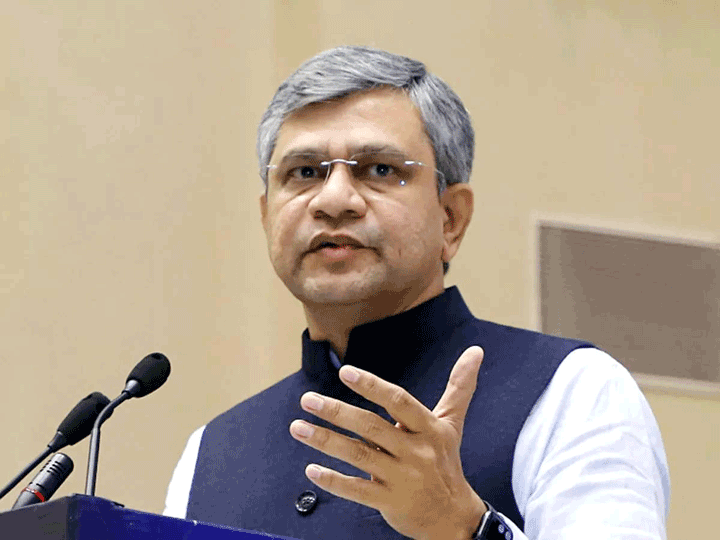Cellular-connected drones arriving fast: Report
More than 13 per cent of drones will support embedded SIMs and advanced cellular connectivity by 2022 globally, a new report has said.
The drone market is expanding owing to the rise in number of commercial applications and cellular connectivity will be essential for emerging use-cases like live-video streaming, real-time monitoring and delivery through drones.
Cellular connectivity would help in remote identification, tracking flight path and supporting law standards defined by regulatory bodies globally.
“Further, eSIMs (embedded SIMs) would play an important role in cellular connectivity of drones to mitigate privacy, safety and security concerns,” said Anshika Jain, research analyst at Counterpoint Research.
The embedded cellular connectivity will be driven by two major factors — regulation for basic connectivity to share location, sensor data and analytics and operators who are increasing their efforts in this direction to add LTE capabilities to drones.
Operators are working with the DFS (German Aviation Authority), EASA (European Aviation Safety Agency) and FAA (Federal Aviation Administration) to leverage LTE connectivity to make drones visible to air-traffic controllers.
“Some operators such as T-Mobile Germany, Orange, Vodafone and Verizon have already been trialling LTE-based drones and see eSIM capability as a natural implementation path,” Jain added.
Greater average revenue per user (ARPU) from real-time data transfer is going to be the next step as those use-cases could be a bit resource intensive and will have significant implications on performance (like battery life), the report said.











